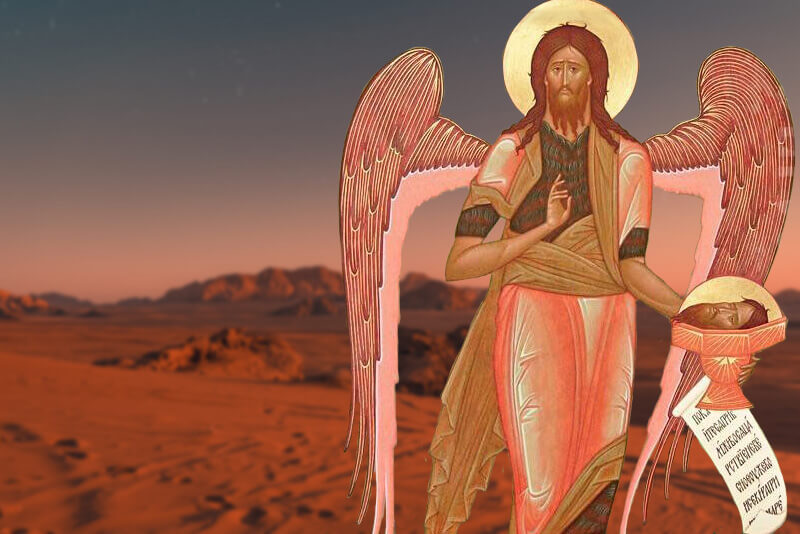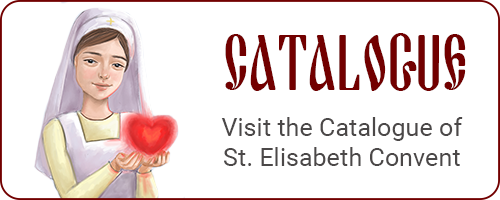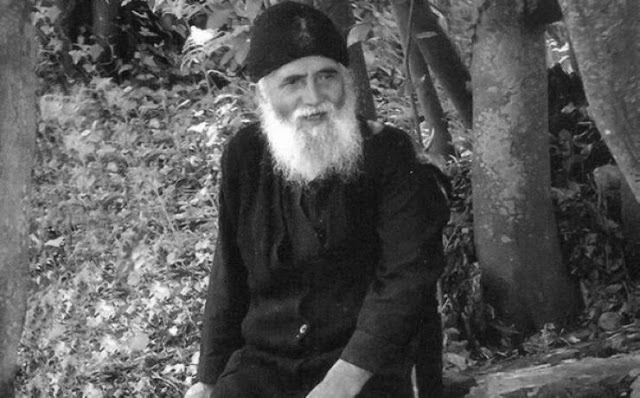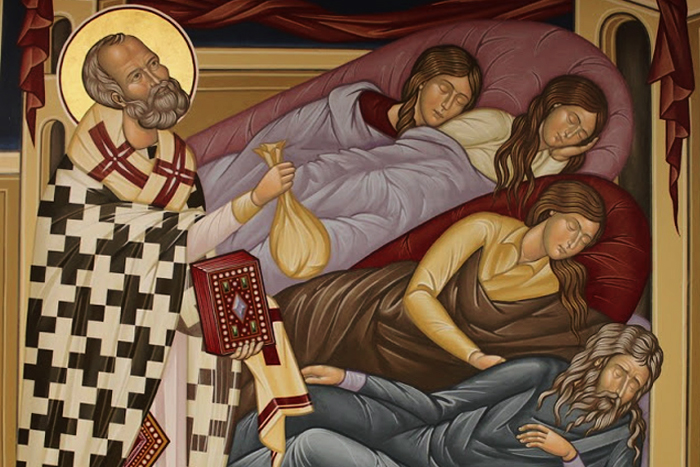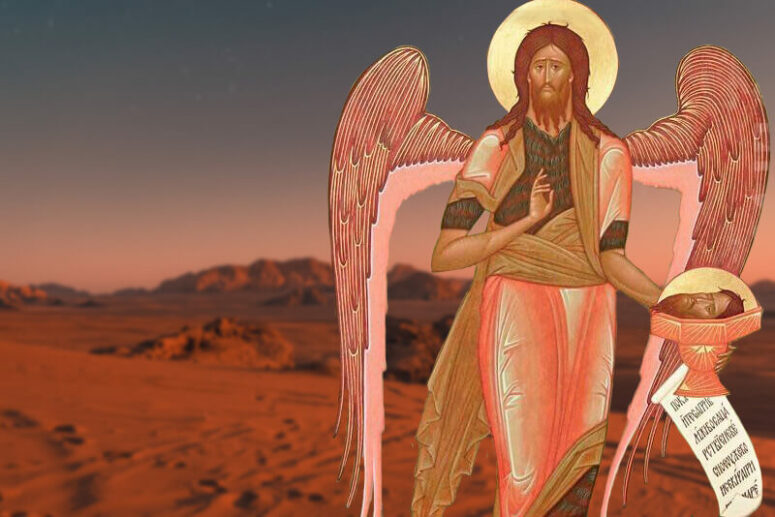
In icons, Saint John the Baptist often appears with wings behind his back and his severed head in his hands. What is the meaning behind this image? And why do we commemorate the severing of the honourable head of John the Baptist? We asked these questions to Timothy Kittnis, historian and leader of the pilgrimage centre of the Apostle Thomas in Europe.
King Herod Antipas, reproved by John for his sins, had him thrown into jail. As he was celebrating a feast, he promised his stepdaughter to fulfil her any wish. The stepdaughter consulted her mother and asked for the severed head of the Prophet John to be brought to her on a platter.
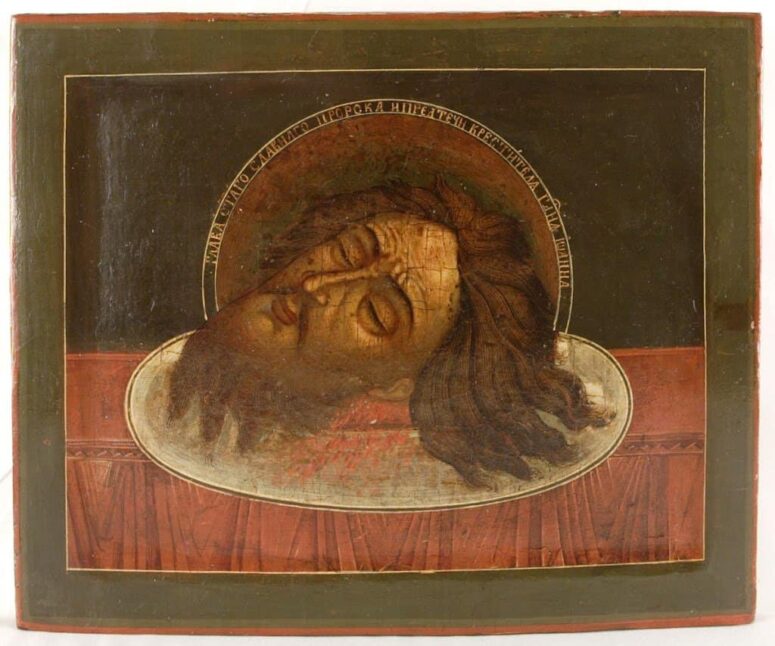
So why do iconographers portray John the Forerunner with two heads? Three Evangelists – Matthew, Mark and Luke – present almost identical narrations of this episode. Consider, for example, the account of the Apostle Mark (6: 17 – 29):
“For Herod himself had given orders to have John arrested, and he had him bound and put in prison. He did this because of Herodias, his brother Philip’s wife, whom he had married. For John had been saying to Herod, “It is not lawful for you to have your brother’s wife.” So Herodias nursed a grudge against John and wanted to kill him. But she was not able to, because Herod feared John and protected him, knowing him to be a righteous and holy man. When Herod heard John, he was greatly puzzled; yet he liked to listen to him. Finally, the opportune time came. On his birthday Herod gave a banquet for his high officials and military commanders and the leading men of Galilee. When the daughter of Herodias came in and danced, she pleased Herod and his dinner guests. The king said to the girl, “Ask me for anything you want, and I’ll give it to you.” And he promised her with an oath, “Whatever you ask I will give you, up to half my kingdom.” She went out and said to her mother, “What shall I ask for?” “The head of John the Baptist,” she answered. At once the girl hurried in to the king with the request: “I want you to give me right now the head of John the Baptist on a platter.” The king was greatly distressed, but because of his oaths and his dinner guests, he did not want to refuse her. So he immediately sent an executioner with orders to bring John’s head. The man went, beheaded John in the prison, and brought back his head on a platter. He presented it to the girl, and she gave it to her mother. On hearing of this, John’s disciples came and took his body and laid it in a tomb.
Angel of the desert
This common iconographic depiction of John the Forerunner received the name “Angel of the Desert”. So why does this icon portray a mortal with wings?
The wings are symbols of his angelic life. As we know from the Gospel, John lived in a wilderness, wore camel skins and ate acrid and wild honey. As we read about his life, we sense the austerity of existence. In essence, he lived as a monk, hermit and ascetic. Not surprisingly, then, the Church glorifies him as the patron saint and forerunner of all monastics. In the Angel of the Desert Icon, we see a desert and mountain, and the scroll in John the Baptist’s hand reads: “Repent, for the kingdom of heaven has come near.” (Matthew 3:2).
Discover the artistry and order hand-painted icon of St. John the Baptist >>
The icon is based on this passage from the Book of Malachi: “I will send my messenger, who will prepare the way before me. Then suddenly the Lord you are seeking will come to his temple; the messenger of the covenant, whom you desire, will come,” says the Lord Almighty. (Malachi 3:1). For Christ, this prophecy was about John the Baptist (Matthew 11:10, Luke 7:27).
Troparia to venerable saints typically have these lines: “A hermit of the wilderness and an angel in the body”. A venerable monk is glorified both as a human and an angel, consistent with the understanding of monasticism in the ancient church. The icon likens saint John’s way of life to that of the angels.
The icon’s theological message
The Angel of the Desert Icon sends a powerful theological message. It first appeared in the 13th century and proliferated extensively a century later. In Russia, Theophan the Greek painted many Angel of the Desert images of Saint John the Baptist. This coincided with the shaping of Hesychastic theology that proclaimed the possibility of man’s transfiguration and deification. Saint Gregory Palamas built on the idea of the seventh-century saint Maximus the confessor asserting the possibility for man to enter direct communication with God through His uncreated energies and see the light of Tabor.
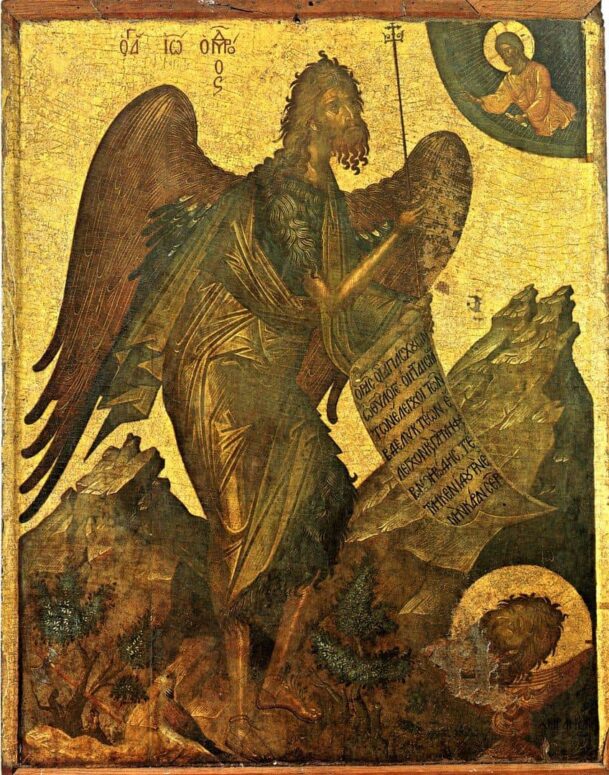
Justin (Popovich) a twentieth-century saint, wrote that the good news of the OId Testament was that man was an icon of God, created in His image and likeness. (cf. Genesis 1:26,27). The gospel of the New Testament sets a new and much higher ideal of the God-man. Christ came in the flesh, calling on a man to do more than keep the image and likeness of God but to follow Christ to the end and be deified. As St Athanasius the Great and St Irenaeus of Lyons wrote, God became man so that man would become God.
The image of John the Forerunner, an ascetic and hermit, conveys this idea perfectly well.
So why is John the Forerunner depicted with his severed head in his hands – and his own head on his shoulders?
An icon presents us with a transfigured image. An icon does not give an authentic narration of a historical event; it views it from the perspective of eternity. The icon of John the Baptist is no exception – he was beheaded, but he was also resurrected, predicting the resurrection of all the dead.
The head in his hand is a symbol of his sacrificial martyrdom for Christ. But this is not the whole story.
Find inspiration in our lacquered icons >>
All iconographic images of John the Baptist underline that he was a Forerunner of Christ, one who preceded the Lord and prepared His way. As John the Forerunner said himself, referring to Christ, ” ‘A man who comes after me has surpassed me because he was before me.” (Jn 1:30).
John is the forerunner of the Lord in every respect. He comes to preach on the banks of the Jordan River, prefiguring the preaching of Christ; he becomes the first martyr for Christ; when he dies, he descends into hell to predict the descent of Christ to all the languishing souls and their imminent liberation.
The severed head in John’s hands symbolises his relationship with Christ. In many icons, it lies in the Eucharistic Cup, in some later icons, we do not see the head, but the Sacrificial Lamb, a reference to Christ Himself and His ultimate sacrifice.
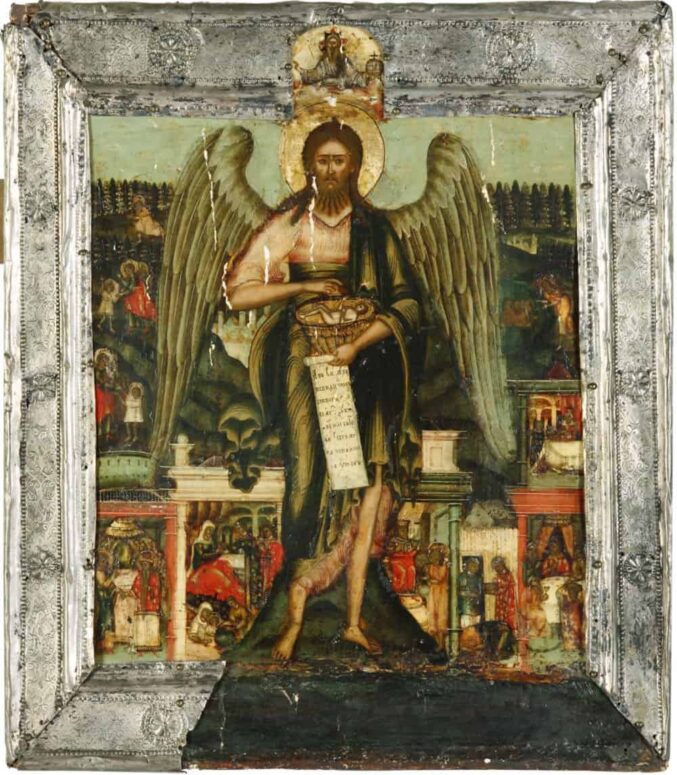
John the Forerunner is depicted as a prophet. It is as if he is saying to all of us: “I made a sacrifice, and so will Christ sacrifice Himself” – knowing full well that his sacrifice was small by comparison with Christ’s, who died on the Cross for the redemption of all of humanity’s sins.
Christ calls John the Baptist “the greatest of all prophets”. Greater than Isaiah, Abraham, Moses, or David! But Christ also says, “whoever is least in the kingdom of heaven is greater than he.” (cf. Matthew 11:11). The ministry of John the Baptist anticipates the ministry of Christ Himself. He is the true forerunner of Christ, even though he still belongs to the Old Testament.
Translated by The Catalogue of Good Deeds
Source: https://foma.ru/pochemu-na-ikone-ioann-predtecha-izobrazhen-s-dvumja-golovami.html

